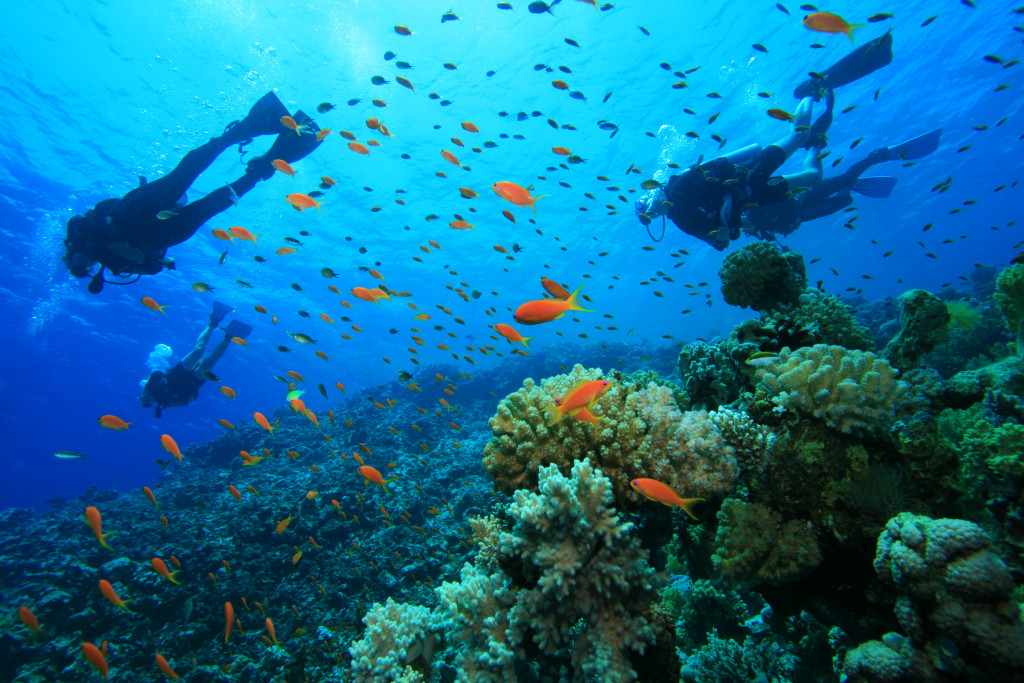From deep-sea mining to harvesting seaweed, the oceans are being tapped in new and unprecedented ways. To continue to explore and exploit the oceans, businesses must be mindful of the potential consequences for our planet and its inhabitants. Here are some ways technology is used to gather ocean resources.
Use of Analytics With Dredge Boats
Dredge boats equipped with sonar and other analytic tools can now map the sea floor, identify potential hazards, and plan the most efficient route to their targets. With such a dredge boat, operators can gather resources from the ocean more precisely and safely than ever before. This increased efficiency has impacted the fishing industry, making it possible to harvest larger quantities of fish with fewer man-hours. In addition, analytic tools have also helped to improve safety by reducing the need for fishermen to work in dangerous conditions.
Use of Autonomous Vehicles
In recent years, however, technological advances have made it possible to explore and exploit the oceans in unimaginable ways. Autonomous vehicles such as underwater drones can now be used to collect data and samples from the ocean floor, opening up new possibilities for scientific research and commercial exploitation.
The use of autonomous vehicles also can reduce the costs and risks associated with ocean exploration, making it more feasible for small businesses and individual entrepreneurs. As the development of new technologies continues for exploring the oceans, businesses will gradually uncover the many hidden treasures beneath the waves.
Use of Drones
Drones are unmanned vehicles that can be controlled remotely. They are equipped with sensors and cameras to capture live footage and collect data. These information drones are out at the location of resources, schools, or algae blooms.
Drones can also be equipped with tools to collect samples or data. Drones are becoming increasingly popular in oceanography as they offer a safe and efficient way to gather data and samples from the ocean.
Use of Robotics
However, with the advent of robotic technology, resources can be gathered more efficiently and with less risk to human life. For example, robotic submarines can collect data about underwater resources, while remotely operated vehicles can collect samples or carry out repairs.

In addition, robots can be used to carry out tasks that are too difficult or dangerous for humans, such as exploring undersea caves or mapping the ocean floor. As a result, robotics is playing an increasingly important role in helping us understand and harness the ocean’s resources.
Use of Sonar
The term sonar is an acronym for sound navigation and ranging. Sonar is a technology that uses sound waves to map potential resources underwater. In the past, the military primarily used sonar to detect enemy submarines. However, sonar can also be used for peaceful purposes, such as mapping the ocean floor in search of minerals, oil, and gas deposits.
Using sonar has made it much easier to gather resources from the ocean. Sonar can be used to find potential resource deposits that would otherwise be hidden from view. In addition, sonar can map the ocean floor to determine the best places to drill for oil and gas. The use of sonar has made it possible to extract vast amounts of resources from the ocean that were previously inaccessible.
Use of Synthetic Aperture Radar
Synthetic aperture radar (SAR) is an imaging radar used to create two-dimensional images of objects. It is an active sensor that emits microwave energy and then measures the reflection of an object. The SAR system uses the platform’s motion to electronically steer the beam and determine range information. This technology has greatly increased our ability to explore and map the ocean floor.
SAR allows us to see through clouds, rain, and dense fog that would otherwise obscure our view. In addition, SAR can penetrate through the water surface to image the seafloor directly beneath. This has made it simpler to gather resources from the ocean using technology.
Use of Thermal Imaging
Thermal imaging provides a much more accurate picture of where these resources are likely to be. It also makes it possible to see under the water, which can be very helpful in finding things that are hidden from view. In addition, thermal imaging can help identify areas that are particularly rich in resources, making it easier for people to target their efforts.
The use of technology for gathering resources from the ocean is increasing. However, with new technological advancements, the adoption will accelerate further. It will be like a roller coaster ride to see how the use of technology in the ocean turns out for businesses looking to gather more resources and increase their revenues.

















